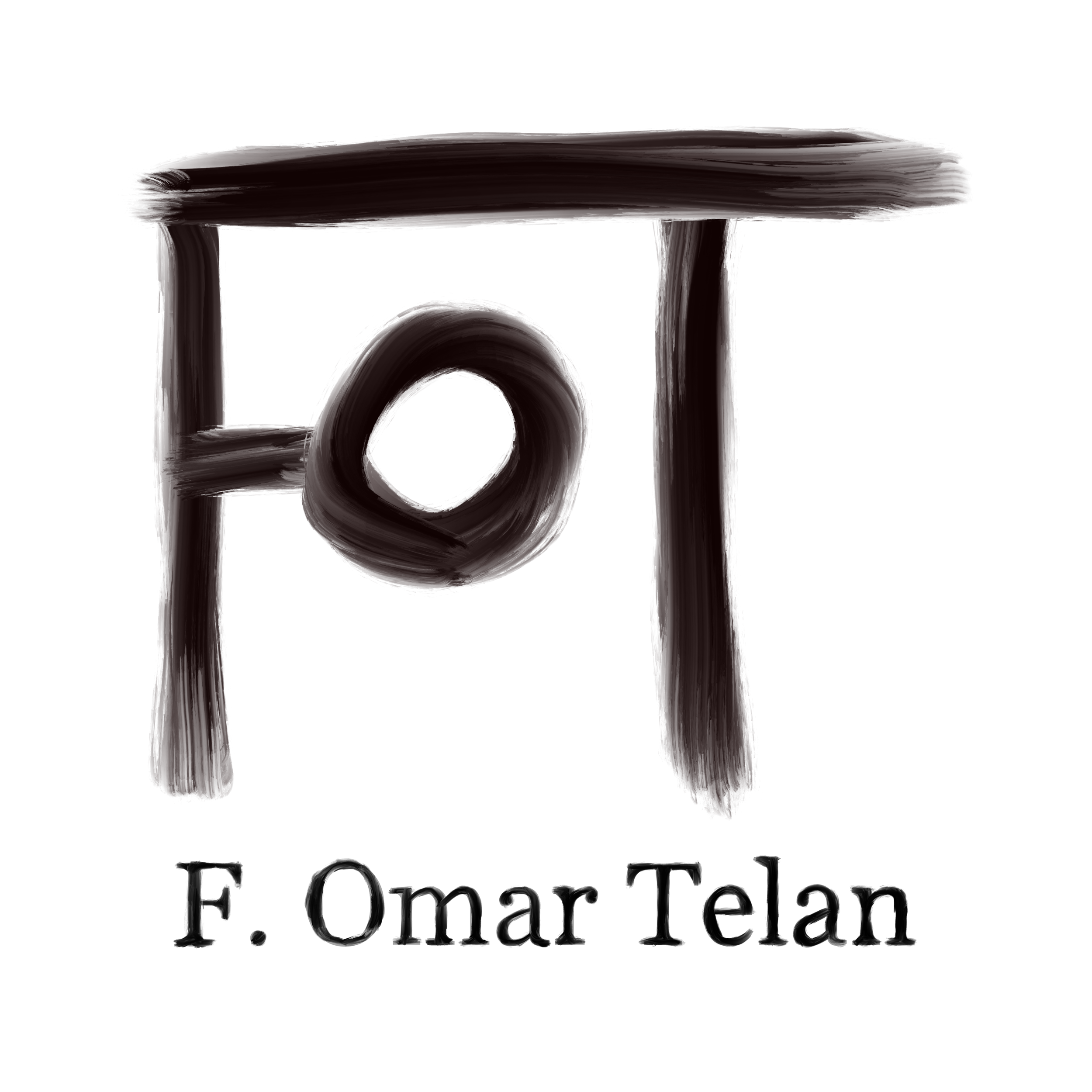The first time I encountered this text was in a Literature and Writing class at Emerson College lead by Peter Jay Shippy.
For the next 19 years, I'd search off and on for an affordable copy. Finally, I found a damaged copy that was not repaired by a skilled bookbinder.
Now, my plan is to document it for those persons still looking for a copy of their own. Below is its table of contents. I'm linking to online copies of the poems. If the poem is in translation, I try to find the original translation, but it's simply not possible all the time. In those cases, I'll link to any translation I can find. At some point, I may start writing out my thoughts about each of the poems, but that's far away right now.
Read More


